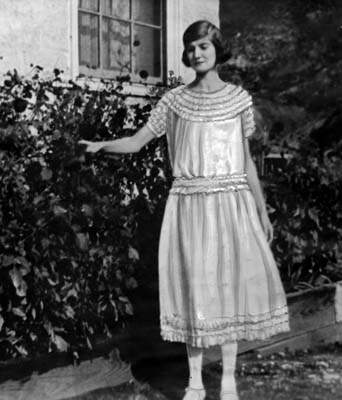
Winnie Ruth Judd, with eyes
downcast, poses next to a house. She was convicted
of murdering
Agnes
LeRoi and Hedvig Samuelson in the "trunk murder" case.
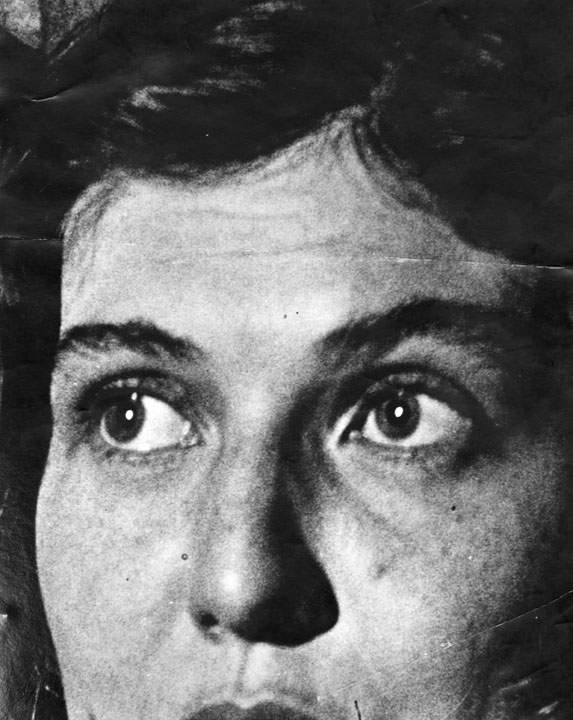
This closeup photo shows the changing eyes of
Mrs. Winnie Ruth Judd, the "windows of her
soul."
Her eyes,
lazy with sedatives, large, hazel-colored and set far apart,
are described
as pools of mystery. Sometimes
they are wide with
appealing sweetness that arouses the
protective instinct in men and
women alike,
character students say. Sometimes they are
half-lidded
with curling lashes that hide secrets. And
sometimes they dart fires
of anger
or passion. Then they appear to be a cold forbidding steely
color.
Photo dated: October 28, 1931.

Winnie Ruth Judd with her
injured arm in a sling.

B. J. McKinnell's (Winnie Ruth
Judd's brother) statement regarding his sister's sanity
and
innocence. He
calls her letters "inconsistent, incoherent and
contradictory",
but also claims "my sister is innocent."
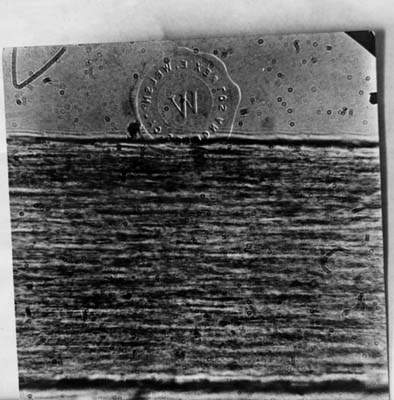
Hair fibers under examination in the Judd
case. These hairs were taken from a room in a sanitarium
where
Winnie Ruth Judd hid. By establishing these hairs as
hers, police can conclude that she
was indeed in that room.
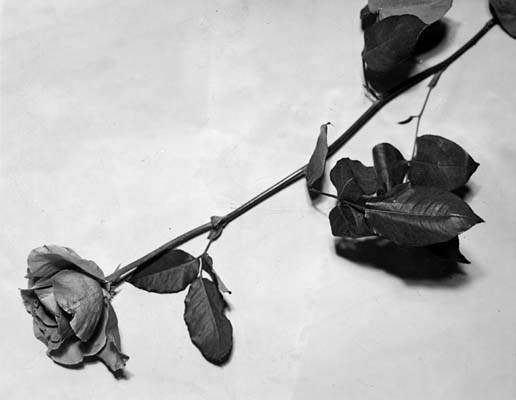
When someone sent a long-stemmed rose to
Winnie Ruth Judd while at the county jail hospital,
she cried and stated "I don't want them to send me any flowers. I
don't want candy. All I want is
my life." She then sobbed and claimed
that she sent flowers to Sammy (Hedvig Samuelson),
one of her victims.

Blood-stained pages of the "Rubaiyat of Omar
Khayyam", found in the same trunk
where Agnes LeRoi's body was found.
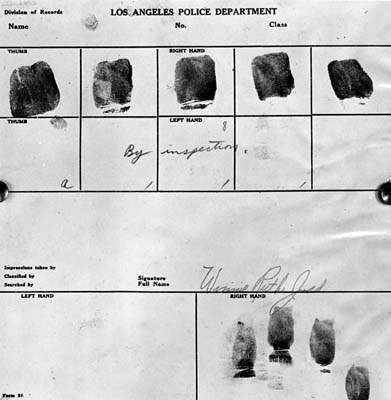
Fingerprint record for Winnie Ruth Judd, on file with the Los Angeles Police Department.
Only her
right hand has been printed, as her left hand was injured and
bandaged.
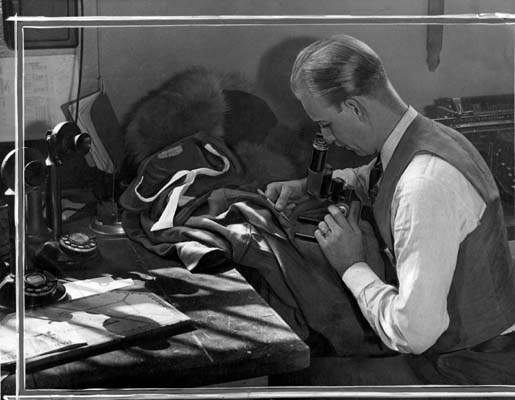
Ray Pinker, a police chemist, is pictured examining Winnie Ruth Judd's green dress, which
she claimed she had dyed
from brown to green. Tests proved that the dress was originally
green,
and had not been dyed.










